Retro Replay Review
Gameplay
Magic Knight Rayearth presents a classic JRPG framework that will feel instantly familiar to genre veterans. You control a party of three heroines—Hikaru Shidou, Umi Ryuuzaki, and Fuu Hououjii—each with unique weapon types and skill sets. Battles are turn‐based, with each character able to cast elemental spells or unleash weapon combos. The strategic layer comes from balancing your party’s strengths: Hikaru’s sword strikes, Umi’s water magic, and Fuu’s ranged attacks must be coordinated to exploit enemy weaknesses.
(HEY YOU!! We hope you enjoy! We try not to run ads. So basically, this is a very expensive hobby running this site. Please consider joining us for updates, forums, and more. Network w/ us to make some cash or friends while retro gaming, and you can win some free retro games for posting. Okay, carry on 👍)
Exploration unfolds on a top‐down world map of Cephiro, where you visit towns, gather supplies, and talk to NPCs for side quests or hints. Dungeons are lined with hidden treasures and occasional puzzles tied to the environment. The pacing leans toward steady grinding; random encounters occur frequently and can slow down your trek if you’re underleveled. However, the game offers occasional “safe zones” in towns and at special landmarks, giving you brief reprieves to restock or save your progress.
Character progression is straightforward yet satisfying. Each heroine levels up independently, unlocking new spells or weapon proficiencies at designated milestones. You’ll find yourself returning to earlier areas once a new ability opens up shortcuts or reveals secret passages. While there’s no extensive skill tree, the simple structure keeps the focus on the core narrative and character interactions—ideal if you prefer story over micromanagement.
Graphics
Visually, Magic Knight Rayearth captures the aesthetic charm of CLAMP’s original manga. Sprites are finely detailed, with vibrant color palettes that bring Cephiro’s forests, mountains, and castles to life. Character portraits during dialogue sequences reflect CLAMP’s signature designs, complete with expressive eyes and flowing hair. Even on older hardware, this level of artistry stands out among contemporaneous RPGs.
Battle animations add flair to each heroine’s special move. Hikaru’s sword slash creates dynamic shockwaves, Umi’s water spells produce shimmering waves, and Fuu’s magic circle overlays her projectiles. While these effects aren’t on par with modern standards, they feel polished for a 16‐bit/32‐bit era title and serve the gameplay well by clearly signaling attack types and elemental attributes.
Environmental details in towns and dungeons are equally commendable. Each village boasts unique architecture—from stone cottages to ornate royal halls—accentuated by subtle animations like flickering torches or fluttering banners. Dungeon walls occasionally feature traps or secret doors, hinted at through clever tile variations. The overall presentation may exhibit occasional sprite flicker, but it’s a minor quirk in an otherwise artful package.
Story
The narrative closely follows CLAMP’s beloved manga and anime, thrusting three ordinary schoolgirls into the enchanted world of Cephiro. They answer the summons of Princess Emeraude, the Pillar who maintains Cephiro’s harmony, only to discover she’s been kidnapped by the power‐hungry Lord Zagato. From that moment, the story balances lighthearted camaraderie with darker themes of sacrifice and moral conflict.
Hikaru, Umi, and Fuu each undergo personal growth as they forge bonds with Cephiro’s inhabitants and between themselves. The script weaves moments of humor—such as cultural misunderstandings in town—with more poignant scenes where the girls question their own resolve. Dialogue is straightforward and localized for clarity, though some nuance from the original manga may be simplified. Still, fans of CLAMP will appreciate nods to key story arcs and character backstories.
The pacing of the plot aligns well with dungeon progression: each region conquered brings a new revelation about Zagato’s motives or Emeraude’s dilemma. While there are no voiced cutscenes, the text descriptions and accompanying character portraits convey emotion effectively. Side characters, from quirky shopkeepers to solemn guardians, contribute brief but memorable interactions that flesh out Cephiro beyond a simple “save‐the‐princess” trope.
Overall Experience
Magic Knight Rayearth is an appealing fusion of classic JRPG mechanics and CLAMP’s enchanting world. Its straightforward combat system and moderate difficulty make it accessible to both newcomers and seasoned players seeking nostalgia. Exploration and character growth provide enough depth to maintain interest without overwhelming players with intricate menus or sprawling skill trees.
Fans of the source material will delight in the faithful adaptation of characters, settings, and key plot beats. Even those unfamiliar with the anime or manga will find a charming fairy‐tale adventure complete with memorable heroines, elemental magic, and a host of fantastical creatures. While the story follows a somewhat linear path, optional side quests and hidden treasures encourage replayability.
Potential drawbacks include the frequency of random encounters, which can interrupt exploration, and the absence of voice acting, which might feel dated to modern audiences. However, these issues are minor considering the game’s overall polish and replay value. For anyone looking to experience a classic JRPG infused with the distinctive artistry of CLAMP, Magic Knight Rayearth remains a captivating journey through a world in peril—and three plucky schoolgirls determined to save it.
 Retro Replay Retro Replay gaming reviews, news, emulation, geek stuff and more!
Retro Replay Retro Replay gaming reviews, news, emulation, geek stuff and more!
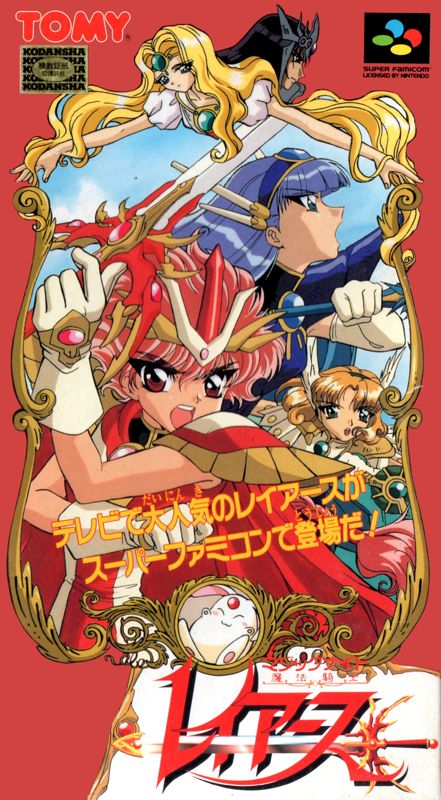
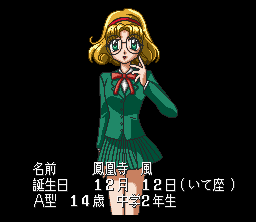
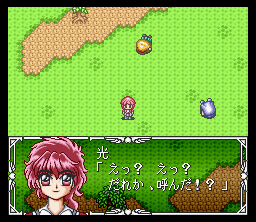
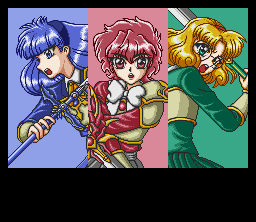
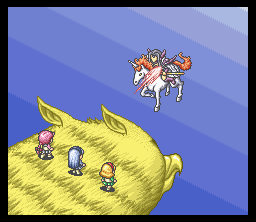
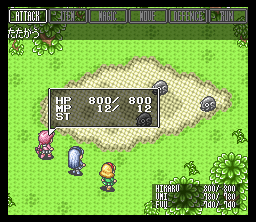

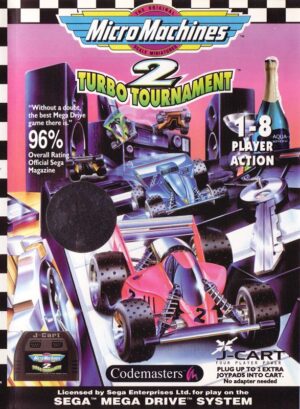

Reviews
There are no reviews yet.